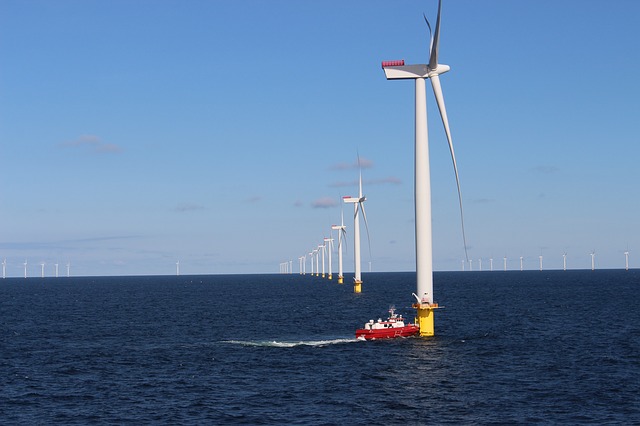A recent case demonstrates the difficulties for a mortgagee when embarking upon the sale of a mortgaged asset, where there is no readily available market for the asset in question.
It is settled law that if a mortgagee exercises its power of sale, it owes the mortgagor a duty to take reasonable care to obtain the best price reasonably available for the asset in question. This will ordinarily be the market value for the relevant asset at the time of sale. But what happens where there is no discernible market, or only a very limited market, for the relevant asset? The recent case of Close Brothers Ltd v AIS (Marine) (2) Ltd provides some useful pointers.
Case overview
The case concerned a ship mortgage over a wind farm support vessel named the “Ocean Wind of Hartlepool” - i.e., quite a bespoke ship.
The ship mortgage was taken by the lender, Close Brothers, as security for a loan it made to the borrower of around €2.245m, used to part finance the purchase of the ship. The purchase price was €3.21m, but when the borrower failed to repay the loan, Close Brothers took possession and sold the ship for £1.7m (which, after deducting the sale costs, was insufficient to discharge the outstanding loan in full). Consequently, the lender looked to the borrower and its guarantor to recover the shortfall.
The borrower alleged that the lender had breached its duty to sell the ship at the best price reasonably obtainable. Specifically, they argued that the ship’s value was no less than €2.5m based on two comparable vessels on the market at the time of sale and that the lender sold the vessel, without advertising it, to one of its own clients below its true value.
On the facts of this case, the Admiralty Court accepted that it was very difficult to determine the true market value of the ship, since the relevant market was one which was known to fluctuate rapidly. In addition, valuations among ship brokers were known to differ markedly and it was rare for any two vessels to appear on the market at the same time which could properly be regarded as identical. Even though the ship was deemed to have been sold at the lower end of the acceptable value range, the Admiralty Court accepted the basis of valuation undertaken by the valuer engaged by the mortgagee at the time of sale, which looked at data from similar vessels to the ship in question. Accordingly, the mortgagee did not breach its duty to exercise reasonable care to achieve the best price reasonably obtainable for the mortgaged asset.
Insight
This case is a worthy reminder of the duties of a mortgagee when it takes possession of the mortgaged asset and the pitfalls to avoid on exercising its power of sale. Interestingly, the Admiralty Court confirmed that the duty of care, owed by a mortgagee of a ship in relation to the exercise of its power of sale, is the same as any other mortgagee. It further confirmed that mortgagees should always embark on any such sales process with caution. It is not unusual for secured creditors to draft into their lending documentation protective language, whereby the parties agree upfront what an acceptable sales process might look like in an attempt to manage expectations around how a mortgagee might discharge his obligations to achieve the best price obtainable. Potential options might include a sale made by way of an approved court process, at the direction of an insolvency practitioner, pursuant to an auction or other competitive sales process or based upon a fairness opinion provided by an independent third party. However there is no one size that fits all here and what might be an acceptable sales process for one type of asset might be entirely inappropriate for another.
Readers interested in reading the full case transcript of this case can access this by clicking here.

 Tim Carter
Tim Carter Matthew Padian
Matthew Padian